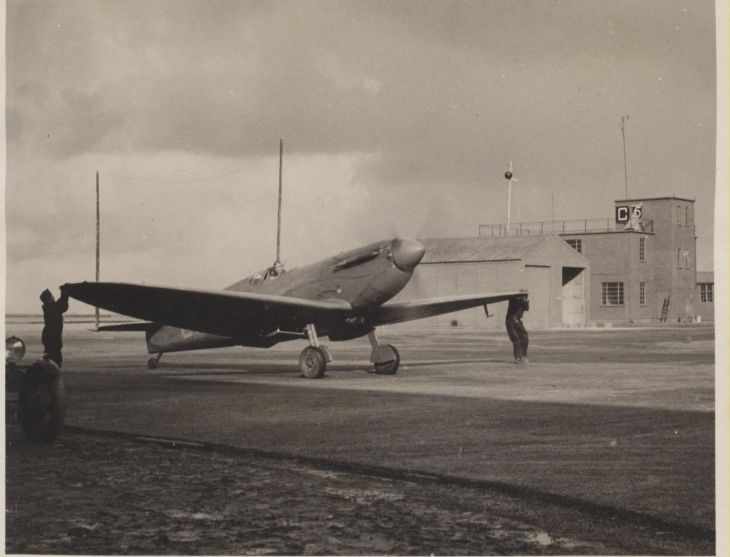
Australian Flight Lieutenant John Charles Joseph Murray-Curtis, who flew in the 681 Photographic Reconnaissance Squadron and survived the war. Image: Australian War Memorial
Alongside the project’s ambitious restoration of the rare PR.IV Spitfire, the team is commemorating the airmen whose work provided about 80 percent of the intelligence information used in the tactical planning of the Allied campaign.
Tony Hoskins, who orchestrated the Spitfire’s salvage and is now leading the project from Britain said the project is about people. “Researching the people behind such a secretive mission is a great challenge and few people realise there were so many Australians who played a pivotal role,” he said.
“Take, for example, Australian actor Bud Tingwell. He was known and loved as a popular film and TV star, but Bud also flew 75 reconnaissance operations in Spitfire and Mosquito aircraft over Italy from 1944. Finding out what other stories are out there and being able to record them for future generations is what makes this project so rewarding.”
Pro-Vice-Chancellor (Research Infrastructure) Professor Simon Ringer, commended the team on their efforts.
“We are delighted to contribute to this global project to achieve an historic restoration,” he said.
“This is a fascinating case of reverse engineering. We’re using state-of-the-art design, materials science and manufacturing technologies to build this engine system.
“Apart from the learning opportunities for our engineers, it is a very special way to honour the service and sacrifice of the people involved at such a difficult time in history. Nearly 150 pilots of WW2’s Royal Air Force Photographic Reconnaissance Unit were from Australia and New Zealand.”
The AA810 Spitfire project is appealing for families of Royal Australian Air Force airmen seconded to fly Royal Air Force Reconnaissance missions during the Second World War to come forward to help identify the 11 Australian nationals that the project holds incomplete data on.
Banner image: Robert Tomlinson taxies Spitfire AA810 at RAF Wick on 29 January, 1942, just 5 weeks later the aircraft would be shot down with Sandy Gunn at the controls. Tomlinson family.







